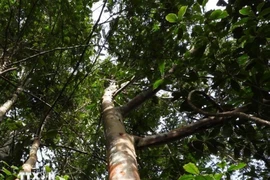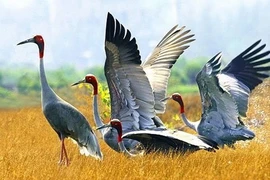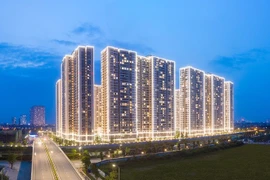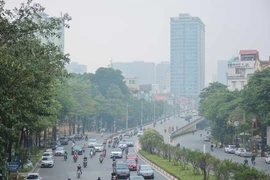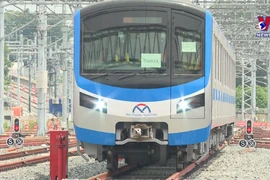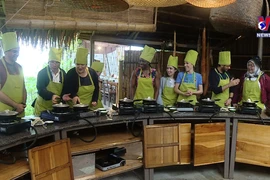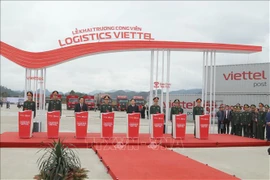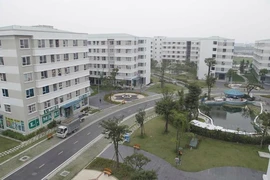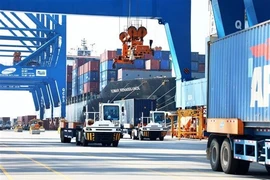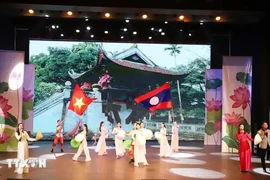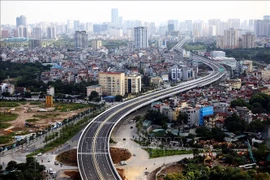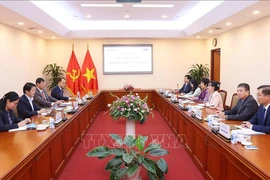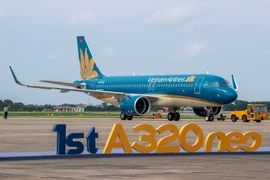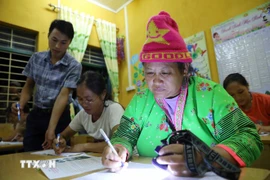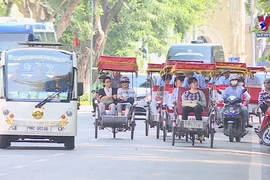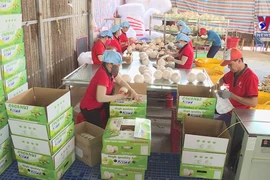This is not only an effective agricultural tool that helps them deliver water from lower rivers or streams to higher fields, but also a familiar image of mountainous villages and a typical cultural feature of the Thai people.
In Tam Van commune in mountainous Lang Chanh district in Thanh Hoa province, water wheels are being built by Thai ethnic minority people on both sides of the Am River. People often make new water wheels at the end of a crop or the beginning of a new crop.
To build a water wheel, the Thai people first choose a log for the axle. The log must be light, resilient, and water resistant. The spokes of the wheel are then made from the straight stems of “vầu”, a type of bamboo. Rattan woven blades are added to the outer rim of the wheel so that the water power can drive the wheel and deliver the water to a higher plot of land.
There were previously hundreds of water wheels of various sizes in villages around Lang Chanh mountainous district.
Over time, many were washed away or damaged by floods, so their number gradually fell.
In recent years, Lang Chanh district has built a number of in-field canal works, and many families have bought pumps to pump water to irrigate their fields in the dry season.
But in localities where agricultural land is mostly terraced fields, as in Tam Van commune, water wheels still have an important role to play.
The Thai minority people often compare their water wheels to huge pumps bringing water to their fields.
Their water wheels spin continuously, delivering water for farming and also creating a simple but beautiful image linked closely with local life for visitors to admire and explore.
The water wheels demonstrate the ingenuity and creativity of the Thai people in Thanh Hoa and ethnic minorities in mountainous areas as a whole.
The water wheel is also emblematic of their agricultural civilisation./.
